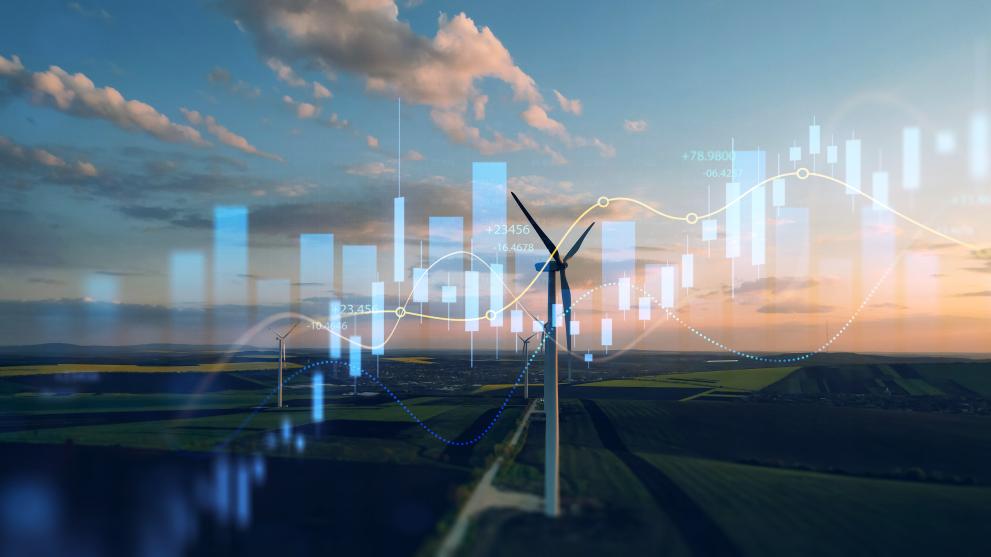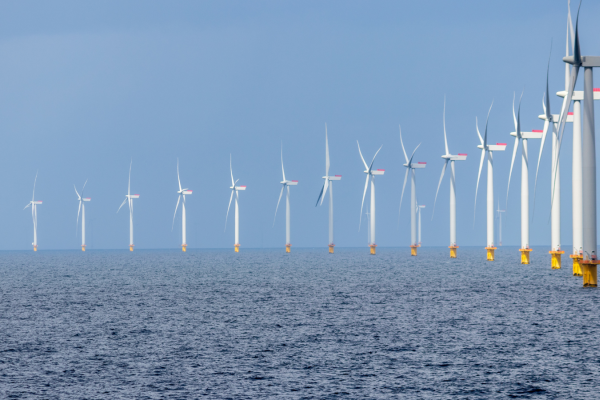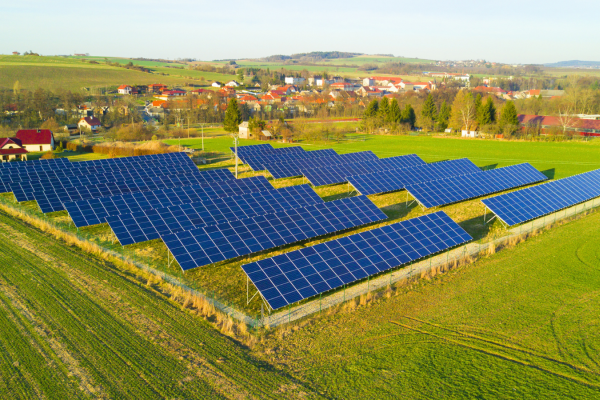EU Wind Power Package
Wind energy manufacturing, together with other competitive net-zero industries, supports the EU's transition to climate neutrality, while also creating growth and jobs.
To accelerate wind energy manufacturing across Europe, the Commission presented the EU Wind Power Package in October 2023. It consists of 2 initiatives – the European Wind Power Action Plan and a communication on achieving the EU’s offshore wind ambitions.
European Wind Power Action Plan

The Action Plan (COM/2023/669) is based on 6 pillars: accelerating deployment through faster permitting and increased predictability, improved auction design, access to finance, creating a fair and competitive international environment, skills, industry engagement and EU country’s commitments.
It includes 15 actions to be urgently undertaken by the key public and private actors involved. Following up on 2 of these actions, the vast majority of EU countries, together with many leading industry representatives, signed a European Wind Charter on 19 December 2023 in which they agreed to a set of voluntary commitments to support the development of Europe’s wind sector. At the same occasion, 21 EU countries submitted their concrete pledges on wind energy deployment volumes for at least the period 2024-2026. The pledges show their commitment to accelerate and ramp-up the deployment of both onshore and offshore wind in the EU.
Renewables auctions platform
As the Action Plan states that the EU should double the share of renewables in its energy consumption by 2030, it is critical to provide the renewable energy industry with stable and long-term investment signals.
Under the Renewable Energy Directive, EU countries have an obligation to publish a long-term schedule of the expected allocation of support for renewables, covering at least 5 years ahead. To enhance visibility and predictability for the whole value chain and avoid the information being spread across multiple national tools, the Commission proposed to set up an EU-wide public platform.

Launched in May 2024, the RES Auctions Platform provides details on planned auctions across the EU, such as timing, frequency, volumes to be supported, and budget and technologies that are eligible. It is a single point of information for all renewable energy auctions in the EU, helping the industry to better plan investments in manufacturing capacity, increase bankability and bolster their business case.
Communication on achieving the EU’s offshore wind ambitions
The Commission communication (COM/2023/668) confirms the need to accelerate investment in offshore wind, as well as ocean energies.
The communication identifies 6 areas where progress would help accelerate the roll out of offshore capacity
- strengthening grid infrastructure and regional cooperation
- accelerating permitting
- ensuring integrated maritime spatial planning
- strengthening resilience of infrastructure
- sustaining research and innovation to supporting offshore renewable energy
- developing supply chains and skills
Wind power facts
Wind is a clean and abundant energy source used to generate electricity. It can be harnessed either on land (onshore) or at sea (offshore).
Continued improvements in manufacturing and wind turbine design combined with improved capacity factors (more electricity generated per turbine) installed, due to more performant turbines and/or better localisation, for example, have driven down the costs of wind power and reaffirmed its position as a key driver of the clean energy transition.
According to Eurostat, wind accounted for over one-third (37.5%) of the total electricity generated from renewable sources in the EU in 2022. The below key figures from Eurostat and WindEurope show a steady increase in EU’s wind generation capacity. However, it is still not enough to meet the EU's energy and climate targets by 2030. The EU and the wind industry have therefore committed to ramp up both onshore and offshore wind in the coming years.
The wind sector is also a significant contributor to the EU economy, boosting growth and creating long-term sustainable jobs. According to Wind Europe’s competitiveness report 2023, the wind industry provided around 300,000 jobs in the EU in 2022. Under the REPowerEU targets, the number of jobs is estimated to grow to 936,000 by 2030.
- European Wind Charter (of 19/12/2023 - updated in April 2024)
- Wind Pledges - European Wind Power Action (19/12/2023)
- Wind energy (DG Research and Innovation)
- European technology and innovation platform on wind energy (ETIP Wind)
- EurObserv'ER wind energy barometer 2022
- Renewable Energy Directive (2018/2001/EU)
- European Green Deal
- International Renewable Energy Agency




